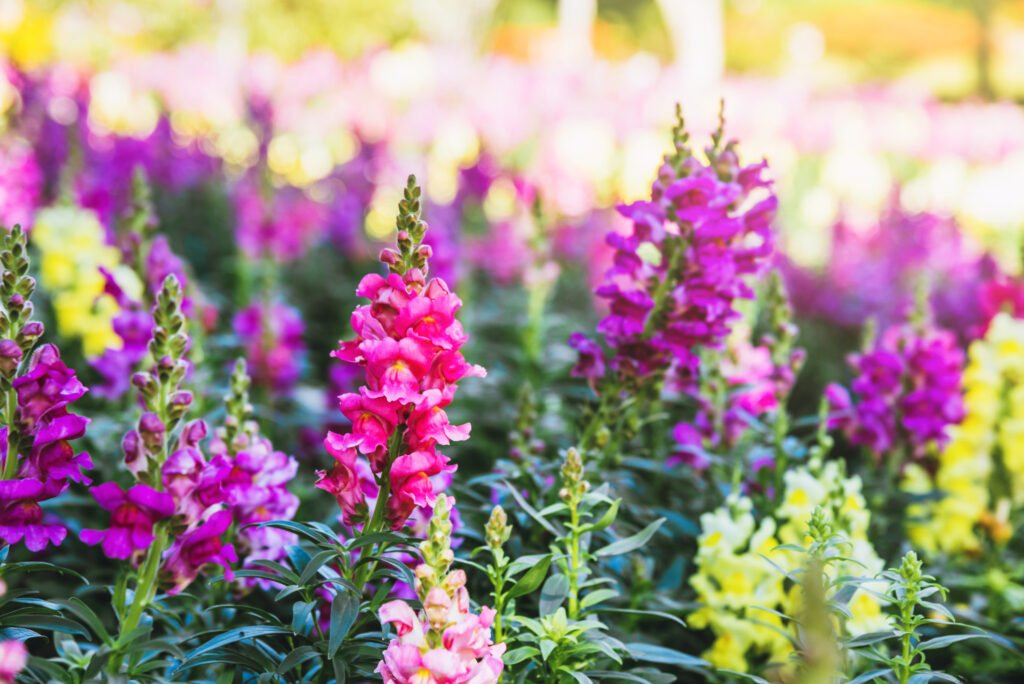As the seasons change, so does the landscape around us. Spring brings vibrant flowers and blossoming trees, while fall paints the world in rich hues of gold and red. However, for millions of people, these seasonal changes herald the start of a less pleasant phenomenon – seasonal allergies. Sneezing, itchy eyes, and a runny nose become all too familiar, leaving allergy sufferers wondering when the misery will begin. In this blog post, we will explore when seasonal allergies typically start, the common triggers, and effective coping strategies to make the seasonal transition more bearable.
1. The Timing of Seasonal Allergies
Seasonal allergies, also known as hay fever or allergic rhinitis, occur when the body’s immune system overreacts to allergens, such as pollen, mold spores, or grass, present in the air during specific times of the year. The onset of seasonal allergies can vary depending on the geographic location and climate. Typically, there are three main periods when seasonal allergies are most prevalent:
a. Spring Allergies: Spring allergies are primarily triggered by tree pollen, which starts to become airborne as early as late winter and peaks in the spring months. Trees like oak, birch, cedar, and maple are common culprits in causing springtime allergies.
b. Summer Allergies: Grass pollen is the main culprit behind summer allergies. Grasses like Bermuda, Timothy, and Kentucky Bluegrass release pollen during the summer months, affecting a significant number of individuals.
c. Fall Allergies: As the temperature cools down, fall allergies are triggered by weed pollen. Common culprits include ragweed, sagebrush, and pigweed, among others. Fall allergies can linger well into late autumn.
2. Identifying Common Triggers
To effectively manage seasonal allergies, it’s crucial to identify the specific allergens that trigger your symptoms. While pollen is a common trigger, other environmental factors can exacerbate allergies. These may include:
a. Mold Spores: Mold thrives in damp and humid conditions, making it prevalent in basements, bathrooms, and areas with poor ventilation. Mold spores can be released into the air during seasonal transitions or after rainfall.
b. Dust Mites: These microscopic creatures thrive in bedding, upholstery, and carpets. Allergic reactions to dust mites are common year-round but can worsen during seasonal transitions as we spend more time indoors.
c. Pet Dander: Many people are allergic to proteins found in pet dander (skin flakes), saliva, or urine. Even if you’re not directly allergic to pets, outdoor pets can carry pollen into your home.
3. Coping Strategies for Seasonal Allergies
While it may be challenging to entirely avoid seasonal allergens, there are several coping strategies to help reduce exposure and alleviate symptoms:
a. Monitor Pollen Levels: Stay informed about local pollen counts, especially during your allergy season. Many weather websites and apps provide daily pollen forecasts. On high-pollen days, limit outdoor activities, particularly during peak pollen hours.
b. Create an Allergy-Proof Home: Minimize allergens indoors by using allergen-proof mattress and pillow covers, vacuuming regularly with a HEPA filter vacuum cleaner, and using air purifiers to trap airborne allergens.
c. Nasal Irrigation: Rinsing your nasal passages with a saline solution can help wash away allergens and reduce inflammation. Neti pots and saline nasal sprays are effective tools for nasal irrigation.
d. Local Honey: Some people believe that consuming local honey may help desensitize the body to local pollen allergens. While scientific evidence is limited, it’s a tasty and harmless remedy to try.
e. Over-the-Counter Medications: Antihistamines, decongestants, and nasal corticosteroids are available over the counter and can provide relief from allergy symptoms. However, consult with a healthcare provider before starting any new medications.
f. Natural Remedies: Certain natural remedies, such as butterbur, quercetin, and stinging nettle, are thought to have anti-inflammatory properties and may help alleviate allergy symptoms. Again, consult with a healthcare provider before using any supplements.
g. Allergen Immunotherapy: For severe and persistent allergies, allergen immunotherapy (allergy shots) may be recommended. This treatment involves regular injections of small amounts of allergens to desensitize the immune system over time.
Conclusion
Seasonal allergies can be a bothersome and uncomfortable part of life for many individuals, but with the right understanding and coping strategies, you can make the transition between seasons more bearable. Identifying common triggers, monitoring pollen levels, and implementing practical measures to minimize exposure can significantly improve your allergy symptoms. Remember that each person’s allergy experience is unique, and it’s essential to work with a healthcare provider to develop a personalized plan for managing seasonal allergies effectively. With the right approach, you can enjoy the beauty of each season without being overwhelmed by allergy symptoms.



